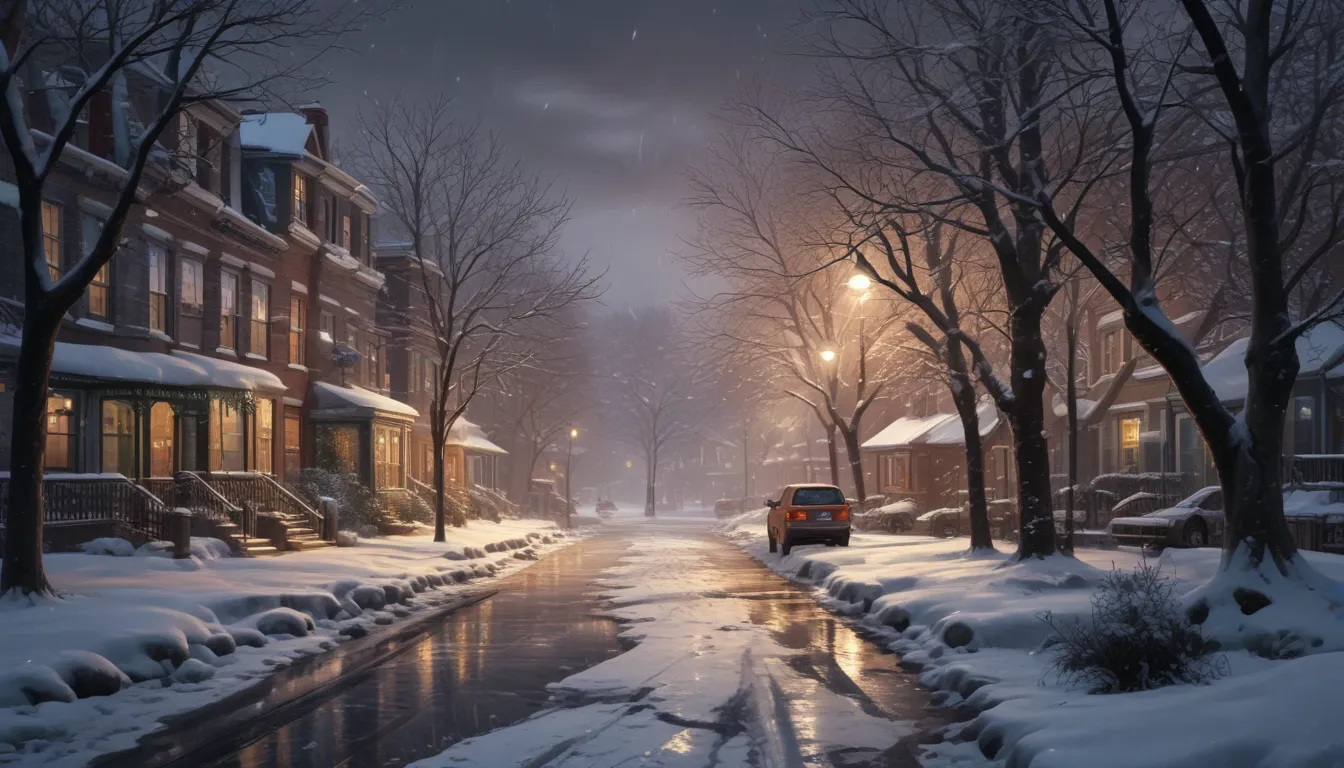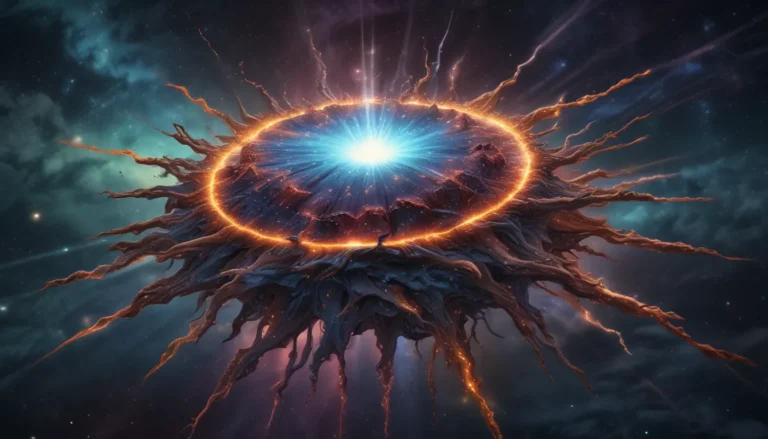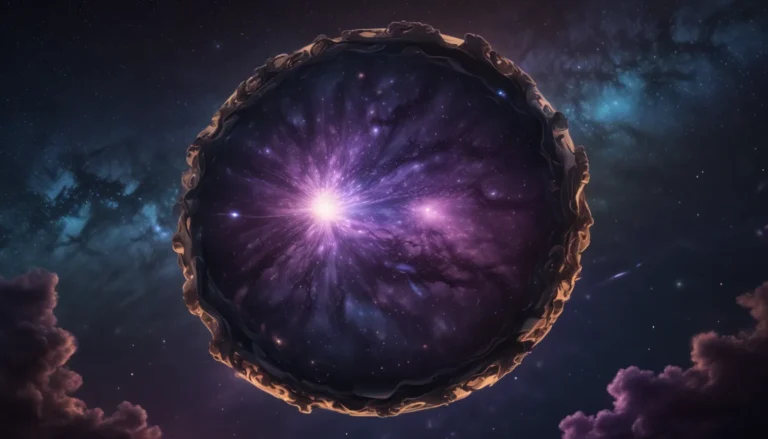The pictures we use in our articles might not show exactly what the words say. We choose these pictures to make you interested in reading more. The pictures work together with the words but don’t take their place. The words still tell you the important facts.
Have you ever wondered about the mesmerizing weather phenomenon known as sleet? This unique occurrence, where raindrops transform into ice pellets before reaching the ground, has captivated scientists and weather enthusiasts for centuries. In this comprehensive guide, we will explore 19 intriguing facts about sleet, from its formation and characteristics to its impact on the environment and safety precautions. Join us on this educational journey to deepen your understanding of the frozen precipitation that is sleet.
Unraveling the Mysteries of Sleet
Sleet, a form of precipitation, descends from the sky in the form of small ice pellets. It occurs when snowflakes partially melt as they pass through a layer of warmer air and then refreeze as they encounter subfreezing air near the Earth's surface.
Embracing Sleet in Winter Wonderland
Sleet often accompanies the colder months when temperatures hover near or just above freezing. It arises from the collision of warm and cold air masses, creating the ideal conditions for sleet formation.
Distinguishing Sleet from Freezing Rain
Unlike freezing rain, which freezes upon contact with cold surfaces, sleet consists of small ice pellets that don't accumulate to the same extent as freezing rain. Sleet is a distinct winter weather phenomenon with its own unique characteristics.
Engaging with the Elements: Impacts of Sleet
- Sleet can transform surfaces into slippery hazards, causing accidents and reducing traction on roads and sidewalks.
- The weight of sleet ice pellets can lead to power outages by accumulating on power lines and tree branches.
- Sleet often coexists with other wintry precipitations like snow and freezing rain, creating a mix of frozen elements in the atmosphere.
Journey Through the Sleet: Characteristics and Forms
- Sleet can vary in form and size, ranging from small ice pellets to larger irregular pieces based on atmospheric conditions.
- The density of sleet particles, higher than that of snowflakes, allows them to bounce off surfaces upon impact.
- Sleet is closely associated with overcast, gray skies that precede and accompany sleet events.
Discovering the Beauty and Perils of Sleet
- Sleet's icy layer can damage crops during the growing season, affecting agricultural yields.
- In cold regions with regular snowfall, sleet is more common, impacting transportation and visibility.
- Sleet can create a frosty winter wonderland, coating landscapes in a picturesque layer of ice pellets.
The Cultural Importance of Sleet
With a rich history in folklore and literature, sleet has symbolized the harshness of winter, the resilience of nature, and the unpredictability of the elements. Its presence in storytelling reflects the enduring influence of this icy phenomenon.
Navigating the Predictive Landscape
Meteorologists analyze sleet patterns and conditions to accurately forecast weather events, aiding communities in preparing for potential hazards. Understanding sleet's behavior is crucial for informed decision-making in times of inclement weather.
Final Thoughts on Sleet
In conclusion, sleet is a captivating meteorological occurrence that offers both beauty and risks to our natural environment. By comprehending sleet's formation and impacts, we can appreciate its frozen allure while taking precautions to ensure safety during sleet events.
FAQs: Your Burning Questions Answered
-
Q: How does sleet differ from snow?
A: Sleet results from raindrops freezing into ice pellets before hitting the ground, while snow forms from ice crystals combining in the atmosphere. -
Q: Is sleet dangerous?
A: Sleet can create hazardous conditions, increasing the risk of accidents on roads and walkways. -
Q: Can sleet damage property?
A: The weight of sleet ice pellets can potentially damage trees, power lines, and other structures during sleet storms. -
Q: Is sleet common?
A: Sleet frequency varies by region, occurring more frequently in colder climates with freezing air masses. -
Q: Can sleet be predicted?
A: Meteorologists utilize weather models and radar data to predict sleet likelihood, though exact timing remains challenging due to atmospheric complexities.
Exploring the World of Sleet
Whether you're fascinated by the science behind sleet or intrigued by its cultural significance, this guide has provided a comprehensive look at this intriguing weather phenomenon. From its formation in the clouds to its impact on our daily lives, sleet continues to be a subject of wonder and exploration. Let's embrace the beauty and challenges of sleet as we navigate the ever-changing world of weather phenomena.






